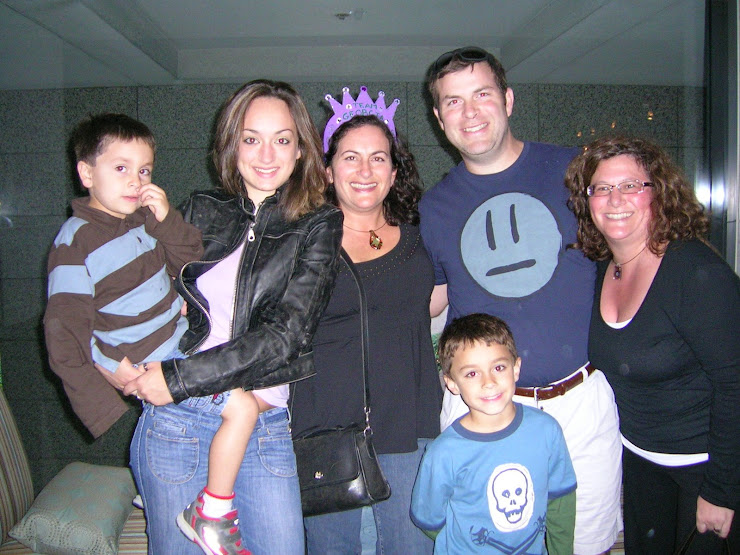
On April 26, 1986, the worst nuclear accident in history occurred when a reactor exploded at the Chernobyl nuclear power plant in Ukraine. Sixteen years later, award-winning filmmaker Maryann De Leo took her camera to follow the devastating trail this radiation left behind in hospitals, orphanages, mental asylums and evacuated villages. Winner of the Academy Award ® for Best Documentary Short. "
This movie was on HBO recently. Sixteen years after the incident, Maryann De Leo, from Ireland's Chernobyl Children's Project, created this documentary showing the after effects. The highest population affected were the unborn children to parents who were exposed. Ninety-nine percent of Belarus was contaminated. The way the winds blow, and where Chernobyl is located, sent most the reactive materials into Belarus. The re is a small area around Chernobyl that was contaminated. Only 15-20% of babies born in Belarus are healthy. Many are born with multiple holes in their hearts, which is now called "Chernobyl Heart." This condition can be fixed by surgery, but the funds are not available.
re is a small area around Chernobyl that was contaminated. Only 15-20% of babies born in Belarus are healthy. Many are born with multiple holes in their hearts, which is now called "Chernobyl Heart." This condition can be fixed by surgery, but the funds are not available.
"The Chernobyl Children's Project has increased the quality of life for thousands of young girls and boys from the heart of the "Chernobyl zone." Since its establishment in 1991, the project has sent more than 30 million euros in aid to the Chernobyl region, and has brought more than 10,000 children to Ireland on recuperative holidays. "
This movie was on HBO recently. Sixteen years after the incident, Maryann De Leo, from Ireland's Chernobyl Children's Project, created this documentary showing the after effects. The highest population affected were the unborn children to parents who were exposed. Ninety-nine percent of Belarus was contaminated. The way the winds blow, and where Chernobyl is located, sent most the reactive materials into Belarus. The
 re is a small area around Chernobyl that was contaminated. Only 15-20% of babies born in Belarus are healthy. Many are born with multiple holes in their hearts, which is now called "Chernobyl Heart." This condition can be fixed by surgery, but the funds are not available.
re is a small area around Chernobyl that was contaminated. Only 15-20% of babies born in Belarus are healthy. Many are born with multiple holes in their hearts, which is now called "Chernobyl Heart." This condition can be fixed by surgery, but the funds are not available."The Chernobyl Children's Project has increased the quality of life for thousands of young girls and boys from the heart of the "Chernobyl zone." Since its establishment in 1991, the project has sent more than 30 million euros in aid to the Chernobyl region, and has brought more than 10,000 children to Ireland on recuperative holidays. "

2 comments:
Dear Susan, congratulations on your adoption journey. I am the mother of two adopted children myself.
I was also with Maryann De Leo when she filmed "Chernobyl Heart," as I am with the USA office of Chernobyl Children's Project International. I thought you might be interested in seeing our blog at http://chernobyl.typepad.com. You will find information about what is happening in Chernobyl regions now, as well as photographs and videos.
I wish you all the best of luck.
In the future, I would love to bring an ethnic Pacific Islander group of girls from Chernobyl and Kyiv, in Ucraina. Twin girls. Natasha [Chernobyl] oldest, Nina [Kyiv] youngest.
Post a Comment